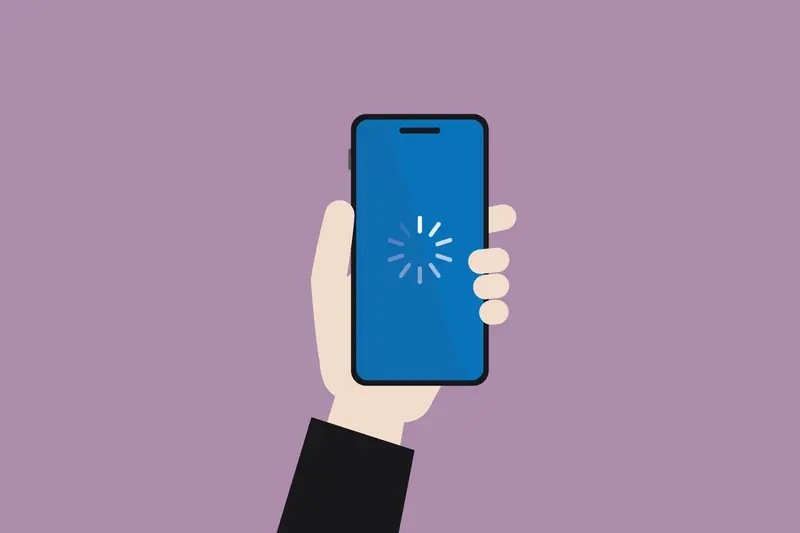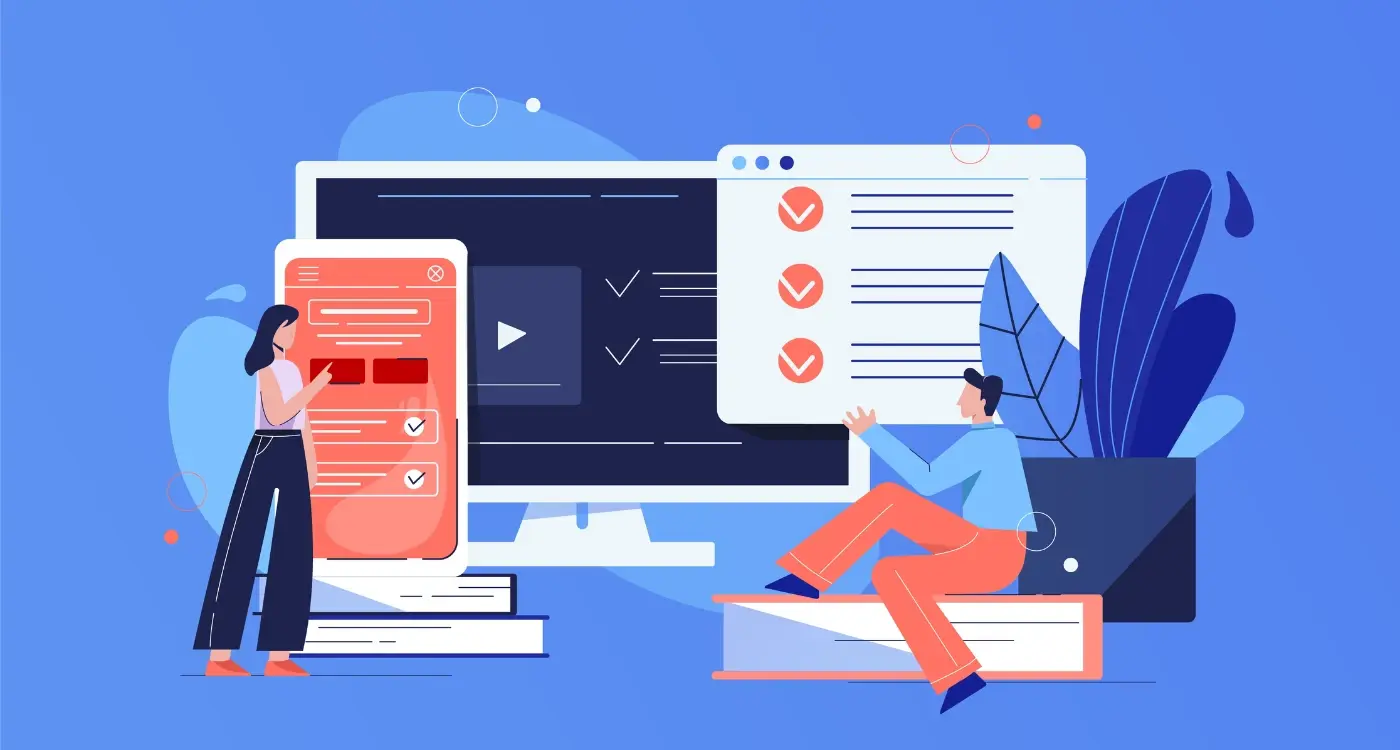How Long Does Cross-Platform Development Take Compared To Native?
Building a mobile app feels like a race against time—and choosing between cross-platform or native development can make or break your project duration. Most business owners think cross-platform development is always faster, but that's not the whole story. The reality is far more nuanced than most people realise.
When clients ask me about development time, I tell them it depends on dozens of factors they haven't considered yet. Your app's complexity, the features you want, your team's experience, and even your budget all play a role in how long everything takes. Cross-platform development can save you months—or it can add unexpected delays if you're not careful.
The biggest mistake I see is when people choose their development approach based on speed alone, without considering their specific project needs
This guide will break down exactly how long each approach takes and why. We'll look at real project examples, compare timelines side by side, and help you understand which factors matter most for your mobile app. By the end, you'll know whether cross-platform or native development makes sense for your timeline and budget.
What Is Cross-Platform Development
Cross-platform development is a way of building mobile apps that can run on multiple operating systems—like iOS and Android—using just one codebase. Instead of writing separate code for each platform, developers write it once and deploy it everywhere. Pretty neat, right?
The magic happens through frameworks like React Native, Flutter, or Xamarin. These tools act as translators, taking your single codebase and making it work on different platforms. It's like having a universal remote that works with all your devices.
Popular Cross-Platform Frameworks
- React Native - Facebook's framework using JavaScript
- Flutter - Google's framework using Dart programming language
- Xamarin - Microsoft's framework using C#
- Ionic - Web-based framework using HTML, CSS, and JavaScript
Now, I'll be honest with you—cross-platform development isn't perfect. You might face some limitations when trying to access specific device features, and performance can sometimes lag behind native apps. But for many businesses, the trade-off makes sense.
The biggest advantage? Speed and cost savings. You're building one app instead of two (or more), which means fewer developers, less time, and reduced maintenance. For startups or companies wanting to test their app idea quickly, cross-platform development can be a smart choice. It gets you to market faster whilst still reaching users on both major platforms.
What Is Native Development
Native development means building a mobile app using the programming languages and tools that were designed specifically for each platform. For iOS, developers use Swift or Objective-C and Apple's Xcode development environment. For Android, they use Java or Kotlin with Android Studio. It's like speaking the native language of each operating system—the app talks directly to the phone's features without needing a translator.
When you build native apps, you're creating separate versions for each platform. This means if you want your app on both iOS and Android, you'll need two different codebases. Each version is written from scratch using the platform's own programming language. The development time for native apps tends to be longer because you're building everything twice, but the performance is typically better.
Native apps have full access to all device features like cameras, GPS, and push notifications without any performance compromises—something that can make a real difference for complex apps.
Key Characteristics of Native Development
- Uses platform-specific programming languages (Swift for iOS, Kotlin for Android)
- Requires separate codebases for each platform
- Provides direct access to all device hardware and features
- Delivers optimal performance and responsiveness
- Follows each platform's design guidelines naturally
- Can take advantage of the latest platform updates immediately
The main trade-off with native development is time versus performance. You'll spend more time building and maintaining separate versions, but you'll get apps that feel perfectly at home on each platform and perform at their absolute best.
Development Time Factors That Matter
After building mobile apps for over eight years, I can tell you that predicting development time isn't as straightforward as many people think. There are several key factors that will make or break your timeline—and some of them might catch you off guard.
The complexity of your app's features plays the biggest role in determining how long development takes. A simple app with basic functionality like user registration and a few screens will naturally take less time than something with advanced features like real-time messaging, payment processing, or augmented reality. But here's what many clients don't realise: it's not just about the number of features—it's about how those features work together.
Team Experience and Size
Your development team's experience with the chosen technology stack makes a massive difference. A team that's been working with React Native for years will move much faster than one that's learning as they go. Team size matters too, but not in the way you'd expect; adding more developers doesn't always speed things up and can sometimes slow things down due to coordination overhead.
Technical Requirements
The technical requirements of your project will significantly impact development time:
- Third-party integrations (payment gateways, social media APIs)
- Custom animations and UI elements
- Offline functionality requirements
- Performance optimisation needs
- Security and compliance requirements
Testing and quality assurance also take longer than most people budget for—usually about 20-30% of the total development time. Don't underestimate this; proper testing is what separates professional apps from amateur ones.
Cross-Platform Development Timeline
After years of building mobile apps for clients, I can tell you that cross-platform development typically takes 30-50% less time than building separate native apps. For a medium-complexity mobile app, you're looking at roughly 3-6 months for cross-platform development compared to 6-12 months for native development across both iOS and Android platforms.
The time savings come from writing your code once and deploying it across multiple platforms—no need to build everything twice. Most cross-platform frameworks like React Native or Flutter allow developers to share 70-90% of their codebase between platforms, which dramatically reduces project duration.
What Affects Your Timeline
Complex animations and platform-specific features can add weeks to your development time. Third-party integrations, custom UI components, and extensive testing phases will also extend your timeline. The good news? Cross-platform development still comes out ahead even with these complications.
Cross-platform development lets us deliver apps faster without compromising on quality, which is why so many businesses choose this approach for their first mobile app launch
A simple app might take 2-3 months, while enterprise-level applications can stretch to 8-10 months. The key is that you're still building one app that works everywhere, not juggling multiple development projects simultaneously.
Native Development Timeline
Native development takes longer than cross-platform development—there's no getting around that fact. When you're building separate apps for iOS and Android, you're doing twice the work. Each platform has its own programming language, development tools, and testing requirements.
For a simple native app, you're looking at about 3-6 months of development time per platform. That means if you want both iOS and Android versions, you could be waiting 6-12 months before you have apps ready for both app stores. Medium complexity apps can stretch this timeline to 6-9 months per platform, whilst complex applications might take 9-18 months each.
What affects native development timelines
The biggest factor is having separate development teams or switching between platforms. You can't just copy and paste code from iOS to Android—each platform needs its own approach. Testing also takes longer because you're managing two separate codebases.
- iOS development using Swift or Objective-C
- Android development using Java or Kotlin
- Separate testing phases for each platform
- Different app store submission processes
- Platform-specific bug fixes and updates
The upside? Native apps often perform better and feel more natural to users. They can access all platform features without compromise. But you'll need patience—and a bigger budget—to see results.
Real Project Examples And Time Comparisons
I've worked on dozens of mobile app projects over the years, and I can tell you that development time varies wildly depending on what you're building. Let me share some real examples that show the difference between cross-platform and native approaches.
We built a fitness tracking app for a client last year—cross-platform took us 14 weeks from start to finish. The same app built natively would have needed separate iOS and Android teams, pushing the timeline to about 22 weeks. That's nearly two months longer! The cross-platform version handled everything they needed: GPS tracking, workout logging, and social features.
E-commerce App Comparison
Another project was an e-commerce app with payment integration and user accounts. Cross-platform development wrapped up in 18 weeks, whilst native development for both platforms took 28 weeks. The client saved significant time and budget going cross-platform.
Track your project milestones weekly rather than daily—it gives you a clearer picture of actual progress without getting bogged down in small delays.
When Native Takes Less Time
Not every project favours cross-platform development time. We built a camera-heavy app that needed advanced photo editing features. Native development took 16 weeks, but cross-platform would have taken 20 weeks due to complex integrations and performance requirements.
| App Type | Cross-Platform Time | Native Time |
|---|---|---|
| Fitness Tracker | 14 weeks | 22 weeks |
| E-commerce | 18 weeks | 28 weeks |
| Photo Editor | 20 weeks | 16 weeks |
Conclusion
After working with dozens of teams on their mobile app projects, I can tell you that the timeline question isn't really about cross-platform versus native—it's about understanding what you're building and why. Cross-platform development will typically save you 30-40% of your development time compared to building separate native apps, but that doesn't mean it's always the right choice for every project.
The real deciding factors come down to your team's skills, your budget constraints, and what your users actually need. If you're a startup trying to validate an idea quickly, cross-platform makes perfect sense. If you're building a performance-critical app that needs to feel completely native on each platform, you might find that extra development time worthwhile.
What I've learned over the years is that the best approach is the one that gets your app into users' hands whilst meeting their expectations. Sometimes that means accepting a slightly longer timeline for native development; other times it means embracing the speed of cross-platform tools. The key is making an informed decision based on your specific situation rather than following the latest trend.
Whichever path you choose, remember that good planning and clear requirements will save you far more time than any technology choice ever could.
Share this
Subscribe To Our Learning Centre
You May Also Like
These Related Guides

How Do I Plan Around Changing Phone Technologies?

What's Normal When It Comes To App Loading Times?



